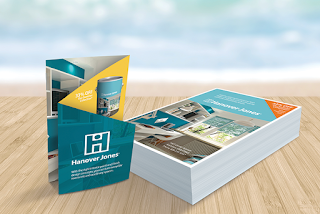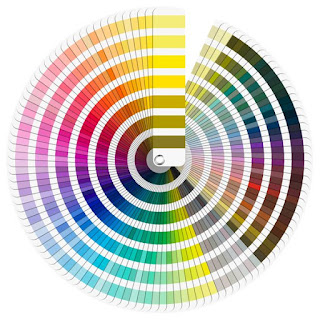Do you have any “nightmare” trade show experiences?
Maybe you worry that an impending disaster is ahead. Everyone who manages a big event knows the feeling.
You know . . . the nagging sense that you’ve forgotten something crucial (but have no idea what).
Or . . . one of several million things is about to go wrong (but there is no way to prevent it).
4 "No-Fail" Strategies for Organizing Your Next Big Event
Large events can be stressful, but most large-scale events can be managed with confidence if you have a plan.
Here are four “no-fail” strategies for navigating your next conference, convention, or trade show.
1. Generate an Event Checklist
Early planning and great organization are the keys to a stress-free event.
Make a master list of marketing and print deadlines, reservation dates, and travel coordination details. Months in advance, nail down every date possible and organize your task list in chronological order. Then you can work from a checklist with physical guidelines that keep your team grounded.
2. Create Beautiful Displays
Your exhibits are often the fulcrum of your entire event.
Don’t skimp! Take the time (or get help) to arrange the backdrops, banners, and lighting so a fabulous display of your brand and personality takes center stage. Depending on your budget, you may have anything from a small pop-up booth to a grand multi-sensory exhibit.
Whatever the scale, your graphics need to be eye-catching, clean, and crisp to make your exhibit as open and welcoming as possible.
3. Empower the Right People
The staff at your exhibits are the face of your company and culture.
As your most visible brand ambassadors, their interaction with potential clients can make or break your big day. Have clearly defined roles for each team member and train them to be friendly, outgoing, and equipped to address diverse audiences.
Pro-tip: Be intentional about including a technically gifted team member to answer in-depth product questions or to handle unexpected display glitches.
4. Prepare Excellent Follow-Up Materials
In some cases, the amount of preparation required for a big event can cause you to overlook the most crucial marketing materials needed for good follow up.
Often the success of an event is not fleshed out for months afterward, so it is essential that you come ready with several printed materials. Your “Big Five” may include:
- Professionally Printed Business Cards - Include a hand-written note at the close of your conversations to add a personal touch.
- Sell Sheets and Rack Cards - Like a walking billboard for your business, these grab-and-go items can keep your prospects considering after the conversation has concluded.
- Eye-catching Notepads or Sticky Notes - Everyone loves a good freebie, and swag items increase the longevity of your name and your impression.
- Loyalty Coupons or Cards - Offer exclusive coupon codes or punch cards for your products or services.
- Best-Quality Brochures - Events typically offer an introduction to a longer conversation. Brochures are a pocket-friendly advertisement that offers vital product details, informative graphics, and a compelling call to action.
One Final Freebie
Think you’re ready?
If you still have that niggling sense of dread, here’s one last tip — pack duct tape. Beyond great team members, displays, and print materials, duct tape can fix about anything that could go wrong on the side.






















